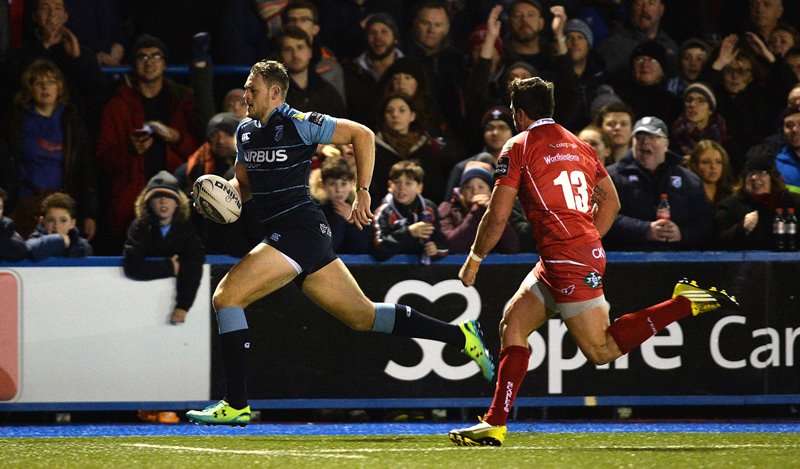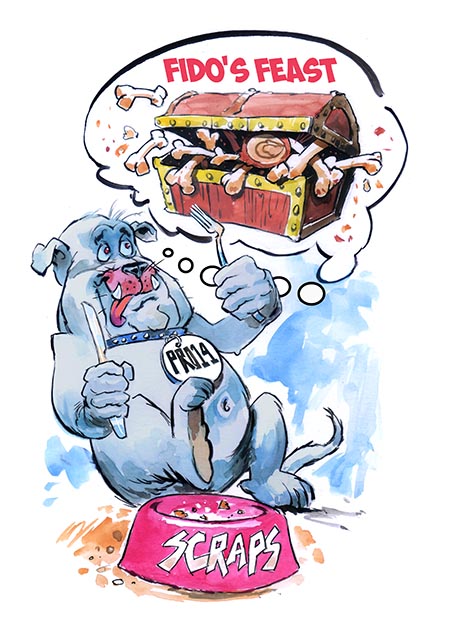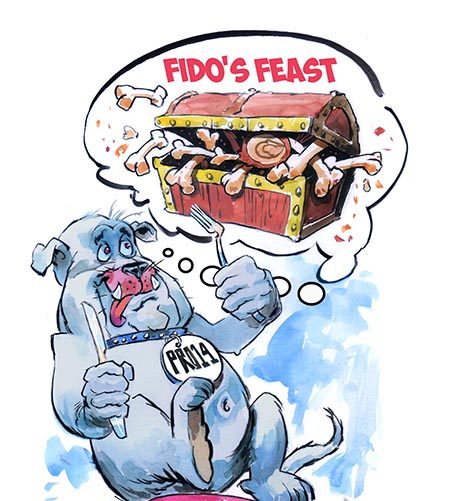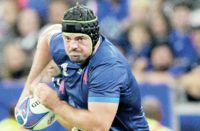 The new PRO14 marks South Africa's first steps at shifting from SANZAAR to align with the Northern Hemisphere. The inclusion of the Cheetahs and the Southern Kings in RugbyUnion's first professional trans-hemisphere club tournament is a bold move that could have far reaching implications, with South Africa's potential inclusion in the Six Nations the biggest of them.
The new PRO14 marks South Africa's first steps at shifting from SANZAAR to align with the Northern Hemisphere. The inclusion of the Cheetahs and the Southern Kings in RugbyUnion's first professional trans-hemisphere club tournament is a bold move that could have far reaching implications, with South Africa's potential inclusion in the Six Nations the biggest of them.
The litmus test, as ever, will be whether the PRO14 is competitive enough to engage fans north and south of the equator, whether they are sitting in stadiums or in front of the TV. This means that the onus is on both the Cheetahs and the Kings to make their mark by taking the high road with regular wins against PRO rugby pace-setters such as the Scarlets, Leinster, Munster, Ospreys, Ulster and Glasgow.
However, if the South African teams – who were both victims of the Super Rugby cull – take the low road and become also-rans, like the Italian sides Benetton Treviso and Zebre, then there will be no uplift. Instead, the PRO14 will have added two more makeweights to tag along in the lower half of the table with Cardiff Blues, Connacht, Edinburgh and the Dragons.
The danger is that by embracing a new two conference format, with seven teams in each, it could become more of a semi-competitive dog's dinner than the league that preceded it. Although the conferences are home and away over 12 matches, the seven inter-conference matches prior to the knockout stage are not.
That lack of home and away balance always promotes confusion, and claims of unfairness. The same is true of a system which sees each Irish and Welsh team playing fierce inter-conference local derbies, while Scotland's Glasgow and Edinburgh, Italy's Benetton Treviso and Zebre, and South Africa's Cheetahs and Kings will face the softer option of meeting each other twice more (and three times in all over the regular season).
This skew-whiff fixture element is compounded by jumping straight to semi-finals rather than giving the knock-out stage genuine depth by going to quarter-finals first.
Where competitiveness is concerned there is also a lack of meat on the bones as a result of neither South African side being eligible for European competition. This exclusion was inevitable given that the PRO14 negotiations were only concluded last week, whereas the European Cup and Challenge Cup draws were made in June.
However, if the Cheetahs and Kings intend to maximise on this PRO14 lifeline, then qualifying for the European Cup has to be their ambition. This makes it is surprising that, as yet, there has been no PRO14 proposal made to EPCR (European Professional Club Rugby) for their inclusion in the European Cup and Challenge Cup
 An EPCR spokesman also told The Rugby Paper that any change of that magnitude would require total support: “If there was a formal approach it would take a unanimous vote from everyone on the board for the heads of agreement – which was signed in 2014 and is valid for eight years – to be changed.”
An EPCR spokesman also told The Rugby Paper that any change of that magnitude would require total support: “If there was a formal approach it would take a unanimous vote from everyone on the board for the heads of agreement – which was signed in 2014 and is valid for eight years – to be changed.”
This oversight is no doubt because the PRO14 administration led by its chief executive, Martin Anayi, has been focused entirely on getting the new structure up and running – especially as it involved the South Africans signing a six-year deal worth £6 million per season to the new league. Most of the South African treasure trove is from TV rights, and it represents a whopping 50 per cent increase on the PRO12's broadcast revenue last season.
It is also because those involved in shaping the new PRO14 format include eight members of the 13-man EPCR board, namely: Philip Browne and Paul McNaughton (IRFU), Gareth Davies (WRU) and Mark Davies (Pro Rugby Wales), Mark Dodson and Robert Howat (SRU), and Fabrizio Gaetaniello and Andrea Rinaldo (Italian Federation).
Given that the venture has World Rugby's blessing they will also be counting on a minimum of opposition from chairman Simon Halliday, English board members Nigel Melville (RFU) and Mark McCafferty (PRL), or their French counterparts Pascal Pape (French Federation) and Yann Roubert (LNR).
However, with New Zealand desperate to keep South African money, as well as their best players, involved in the Super 18, there could be strife on the horizon. Whether the Kiwis can bounce SANZAAR into blocking Springbok players opting to play for the Cheetahs and Kings, or stop other South African franchises making a Northern Hemisphere switch – especially if they get the green light to enter the European Cup and Challenge Cup – is another matter.
The same is true of the suggestion that the PRO14 expands to include teams in the USA and Germany. It needs to walk before it can run, and the idea of it pitching headlong into further expansion before it has consolidated its new South African additions is tempting the same travel and fixture mess that has afflicted the Super 18.
A truly competitive format is what attracts an audience, as well as good players – and that, combined with European Cup involvement for the South Africans, has to be the PRO14's most urgent objectives.


























